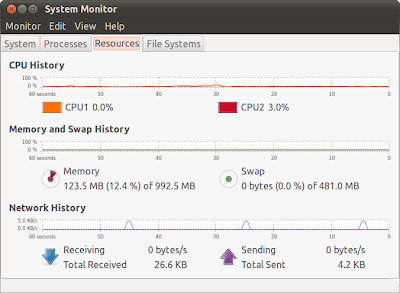

You can now sort and filter the process list using a variety of hotkeys.

st: The running time of a virtual machine, also known as “steal time”.si: Time spent responding to software interruptions.hi: Service time spent on hardware interruptions.wa: Waiting time between I/O operations.ni: The time taken to run a process with an individually defined nice value.

sy: The time spent running processes in kernel space.us: Processes launched by users in their “user space”.In the output values, CPU time is displayed for each task. In this case, the third line is the most important. Ubuntu CPU utilization can be viewed in the top tool. In addition, it offers interactive options for modifying how it behaves and performing actions. The Linux kernel reports a brief description of CPU utilization in Linux along with a list of the processes and threads it is currently managing. Using Top, you can monitor your system in real-time. Read More: Top Linux Command Usage with Examples – Serverwala Check CPU Usage in Linux using top Command However, any modern distribution should work just as well. Presented below are all methods demonstrated on Ubuntu 20.04.1 LTS. Most Linux distributions come with pre-installed tools, but some will need to be manually installed. There are many built-in Linux CPU usage command calls for getting performance readings. There are many tools available to Linux users for monitoring Linux CPU usage. Package installers, such as apt or yum, are usually included by defaultĬheck the CPU Usage in Linux using Command.In CentOS and Ubuntu, the command prompt appears under Menu > Applications > Utilities > Terminal.Ubuntu and CentOS are two Linux-based operating systems.SmoothLoad += (load - smoothLoad) * 0.1 // damping factor, lower means less responsive, 1 means no smoothing. If the 'something' you're doing takes less than approximately 1.6ms (Windows), then the returned value will not even have increased at all and you'll perpetually measure 0% CPU erroneously.īecause getCurrentThreadCpuTime is VERY inaccurate (with delays less than 100ms), smoothing it helps a lot: long lastTime = System.nanoTime() You need to use double precision because a long doesn't fit in a float (though it might work 99.9999999999999999% of the time) Long threadTime = newBean.getCurrentThreadCpuTime() ĭouble load = (threadTime - lastThreadTime) / (double)(time - lastTime) Do something that takes at least 10ms (on windows) Long lastThreadTime = newBean.getCurrentThreadCpuTime() Then as your loop (assuming your application uses a loop, otherwise what's the point in measuring CPU usage?) use this: long lastTime = System.nanoTime() ("CPU Usage monitoring is not available!") Initialize: ThreadMXBean newBean = ManagementFactory.getThreadMXBean() Note that this measures CPU load of your java program, not the overall system load. You can use jMX beans to calculate a CPU load.


 0 kommentar(er)
0 kommentar(er)
